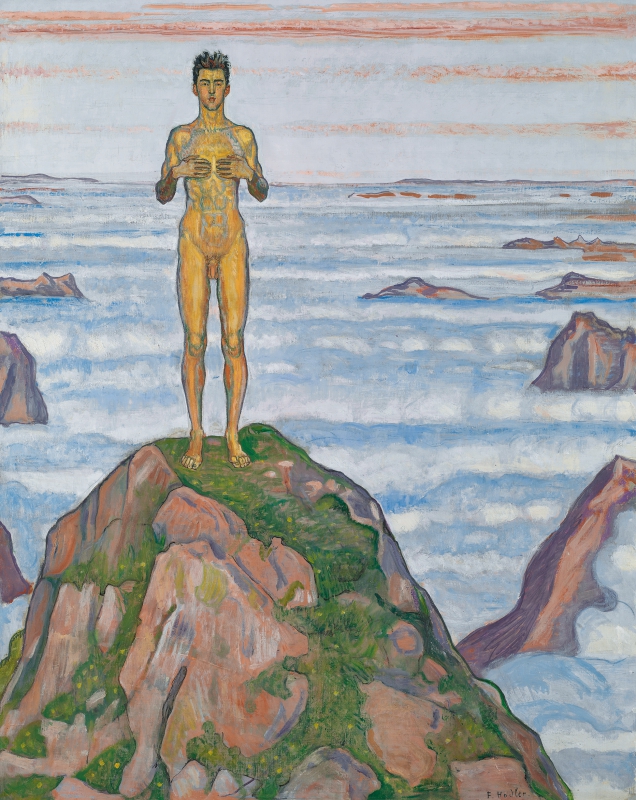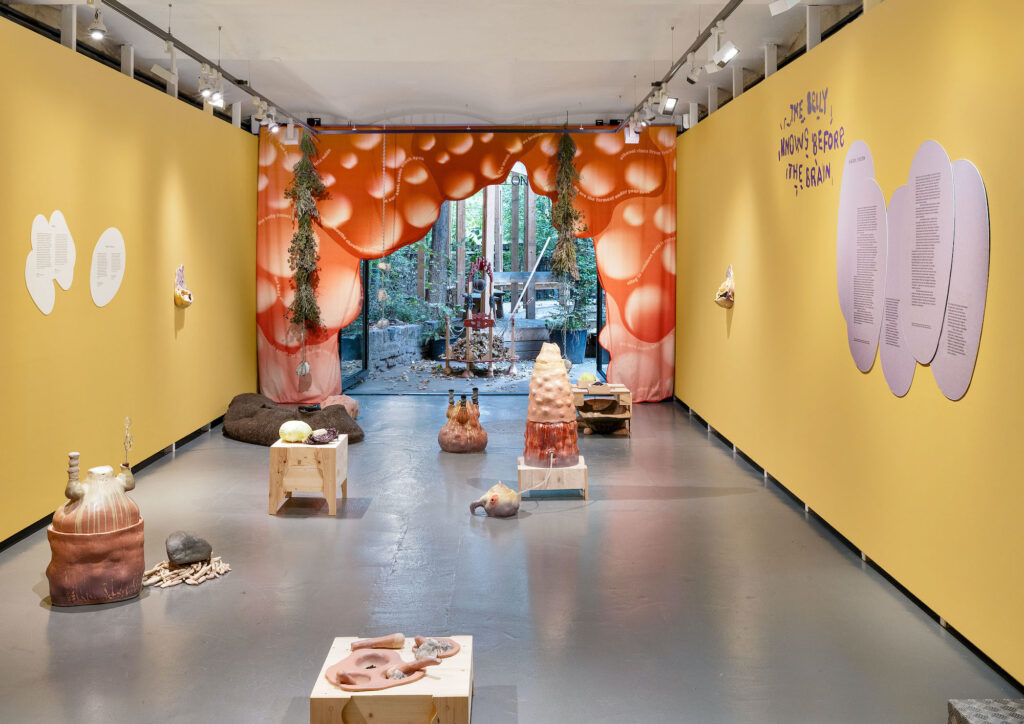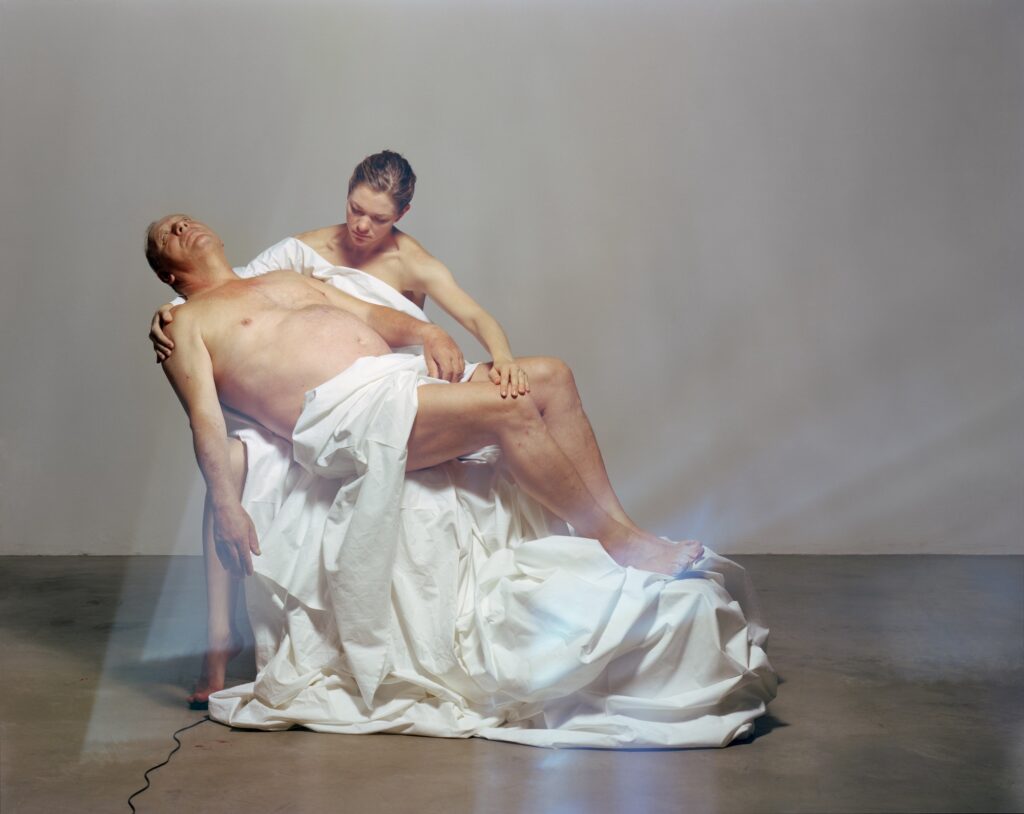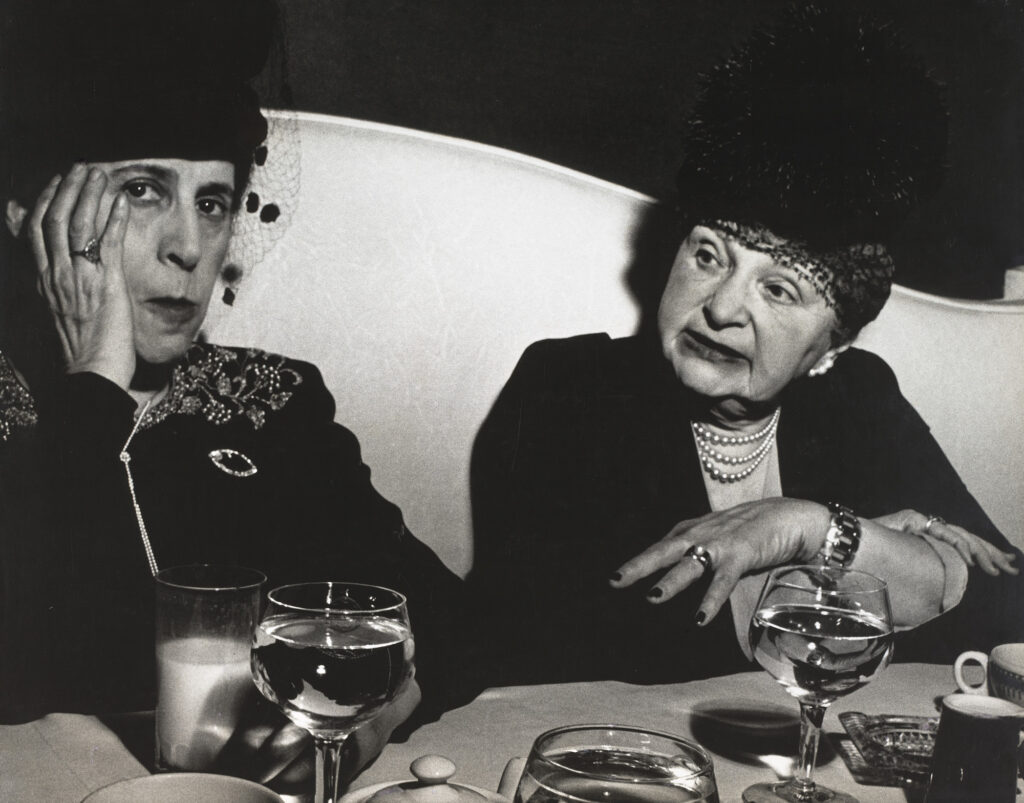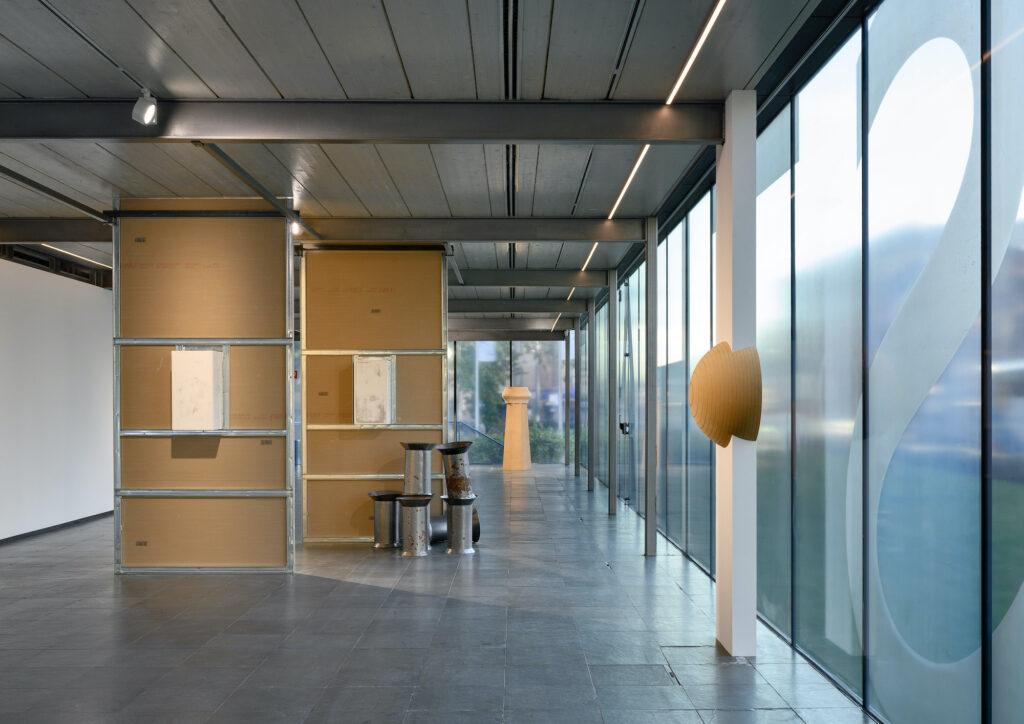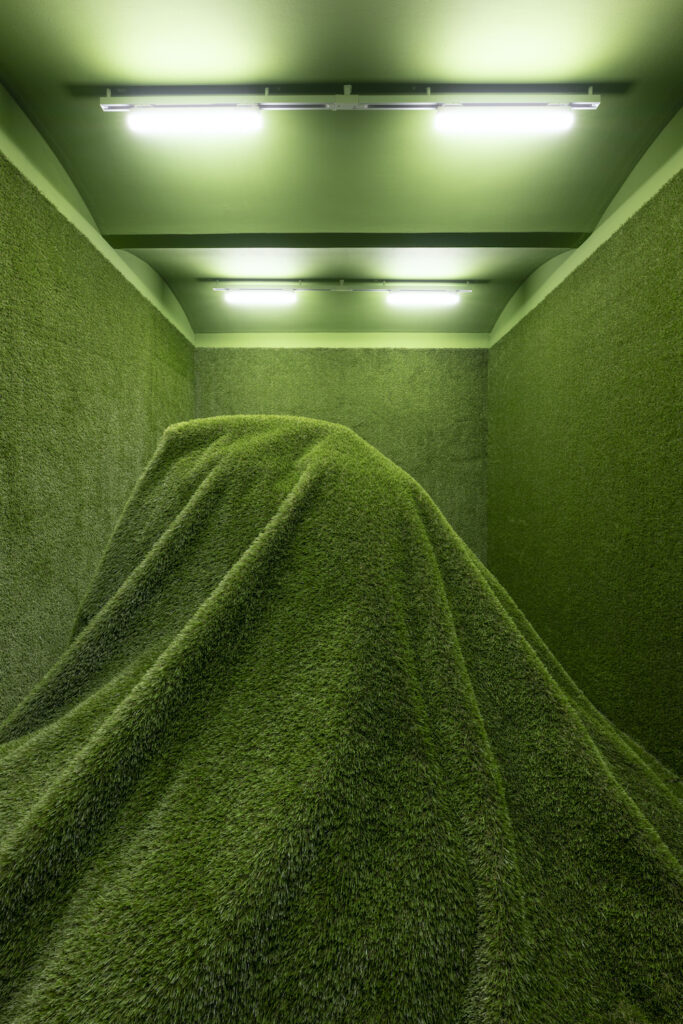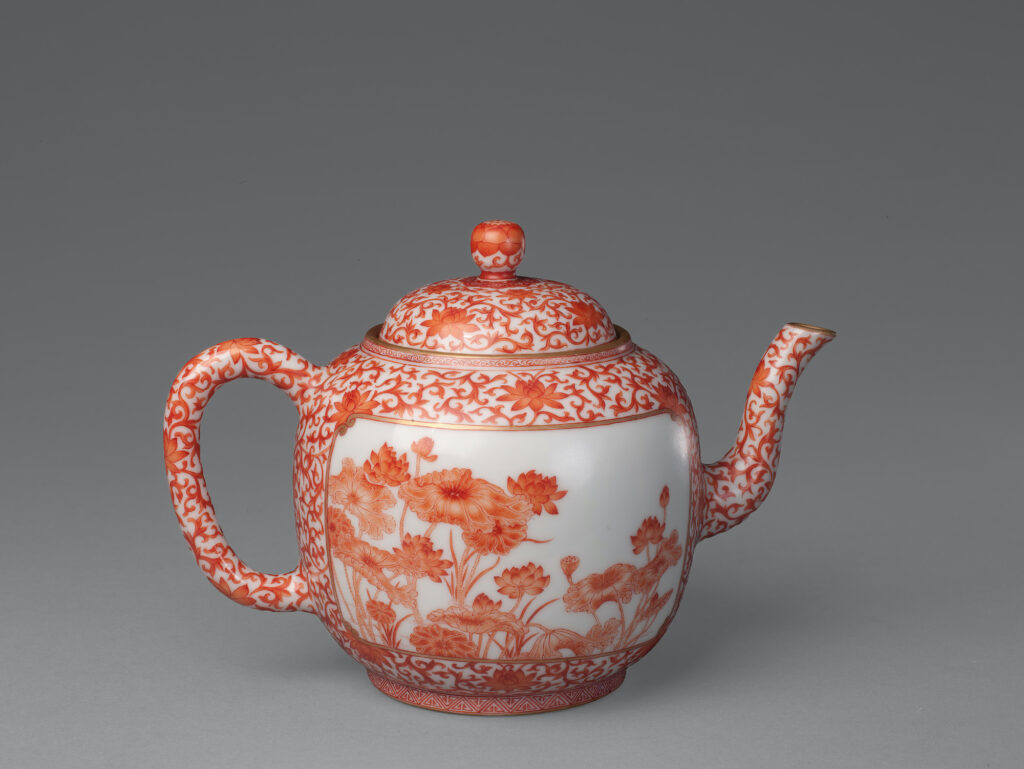Exhibitions
Exhibitions
Hot Questions – Cold Storage
Architekturzentrum Wien - Museumsplatz 1, 1070 Wien, Österreich
Mapping the 60s Kunst – Geschichten aus den Sammlungen des mumok
mumok - Museum moderner Kunst Stiftung Ludwig Wien - Museumsplatz 1, 1070 Wien, Österreich
Be a mensch: Johanna Kandl
KÖR Kunst im öffentlichen Raum Wien - Laxenburger Straße 4/4a, 1100 Wien, Österreich
Nie endgültig! Das Museum im Wandel
mumok – Museum moderner Kunst Stiftung Ludwig Wien - Museumsplatz 1, 1070 Wien, Österreich
Die Welt von morgen wird eine weitere Gegenwart gewesen sein
mumok – Museum morderner Kunst Stiftung Ludwig Wien - Museumsplatz 1, 1070 Wien, Österreich
HITO STEYERL: Der Menschheit ist die Kugel bei einem Ohr hinein und beim anderen herausgeflogen
MAK – Museum für angewandte Kunst - Stubenring 5, 1010 Wien, Österreich
Wotruba International
Belvedere 21 - Museum für zeitgenössische Kunst - Arsenalstraße 1, Landstraße 1030 Wien, Österreich
VERBORGENE MODERNE
Leopold Museum - Museumsplatz 1, 1070 Wien, Österreich
Reichtum statt Kapital. Anupama Kundoo
Architekturzentrum Wien - Museumsplatz 1, 1070 Wien, Österreich
METABOLICA: Thomas Feuerstein
MQ Freiraum - Museumsplatz, Wien, Österreich
Die Linie
Heidi Horten Collection - Hanuschgasse 3, Wien, Österreich
Tobias Pils: Shh
mumok – Museum moderner Kunst Stiftung Ludwig Wien - Museumsplatz 1, 1070 Wien, Österreich
TURNING PAGES: Künstler*innenbücher der Gegenwart
MAK – Museum für angewandte Kunst - Stubenring 5, 1010 Wien, Österreich
Alles in Arbeit
Dom Museum Wien - Zwettlerhof, Stephansplatz 6, Wien, Österreich
Kata Oelschlägel: Versöhnung
Nitsch Foundation - Hegelgasse 5, 1010 Wien, Österreich
Fuzzy Earth: The Belly Knows Before The Brain
KunstHaus Wien - Untere Weißgerberstraße 13, Wien, Österreich
Schwarze Juden, Weisse Juden?
Jüdisches Museum Wien - Dorotheergasse 11, 1010 Wien, Österreich
Du sollst dir ein Bild machen
Künstlerhaus Vereinigung - Karlsplatz 5, Wien, Österreich
LISETTE MODEL
Kunsthalle Wien Karlsplatz - Treitlstraße 2, Wien, Österreich
SUCK MY CODE! – Gruppenausstellung
Exhibit Galerie – Ausstellungsraum der Akademie der bildenden Künste Wien - Schillerplatz 3, 1010 Wien, Österreich
Kunsthalle Wien Preis 2025: Jonida Laçi & Luīze Nežberte
Kunsthalle Wien Karlsplatz - Treitlstraße 2, Wien, Österreich
Richard Hawkins: Potentialities
Kunsthalle Wien Museumsquartier - MuseumsQuartier, Wien, Österreich
Mimi Ọnụọha: Soft Zeros
Vereinigung bildender KünstlerInnen Wiener Secession - Friedrichstraße 12, Wien, Österreich
Chinesische Kunst aus der verbotenen Stadt
Kunsthistorisches Museum Wien - Maria-Theresien-Platz, Maria-Theresien-Platz, Wien, Österreich
Claudia Pagès Rabal
mumok – Museum moderner Kunst Stiftung Ludwig Wien - Museumsplatz 1, 1070 Wien, Österreich
HELMUT LANG
MAK – Museum für angewandte Kunst - Stubenring 5, 1010 Wien, Österreich







